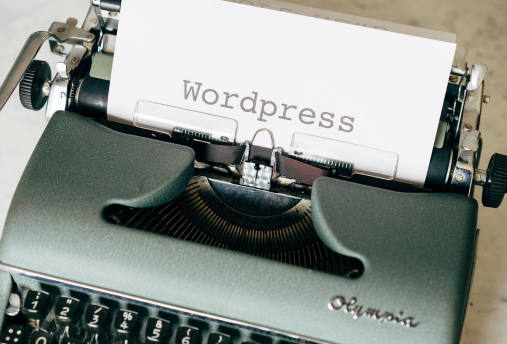
When it comes to managing a WordPress website, you often face a crucial decision: should you handle everything manually, or invest in a WordPress Manager? Both approaches have their merits, but understanding which one saves you more time can make a significant difference in your productivity. Let’s dive into the pros and cons of each method to help you make an informed choice.
The Case for Manual Management
Advantages of Manual Management
- Complete Control
- When you manage your site manually, you have full control over every aspect of your website. You can decide when to update plugins, themes, and the WordPress core, allowing you to tailor your maintenance routine to your specific needs.
- Cost-Effective
- If you’re just starting out or running a personal blog, managing your WordPress site manually can be cost-effective. You won’t need to pay for a WordPress Manager, which can be appealing for budget-conscious users.
- Learning Opportunity
- Taking the reins on your website maintenance can be a valuable learning experience. You’ll gain a deeper understanding of WordPress, which can help you troubleshoot issues and make informed decisions down the line.
Disadvantages of Manual Management
- Time-Consuming
- Manually checking for updates, backing up your site, and optimizing performance can take up a significant chunk of your time. This can be especially burdensome if you manage multiple sites.
- Risk of Missing Updates
- With so many updates happening regularly, it’s easy to overlook one. Missing an important security patch can leave your site vulnerable to attacks.
- Inconsistent Backups
- Regular backups are crucial for website security, but remembering to do them manually can be a hassle. Forgetting to back up could result in lost data during a crisis.
The Power of a WordPress Manager
Advantages of Using a WordPress Manager
- Automated Updates
- A WordPress Manager takes the manual labor out of updates. It automatically keeps your core software, themes, and plugins up-to-date, ensuring that your site runs smoothly and securely.
- Regular Backups
- Most WordPress Managers offer automated backups, so you never have to worry about remembering to do it yourself. This peace of mind allows you to focus on other aspects of your business.
- Enhanced Security
- With built-in security features, a WordPress Manager helps protect your site from vulnerabilities. This includes regular scans for malware and automatic security updates, significantly reducing your risk.
- Centralized Management
- If you manage multiple sites, a WordPress Manager allows you to oversee all of them from a single dashboard. This streamlined approach saves you the hassle of logging into different sites for maintenance tasks.
- Time Efficiency
- By automating routine tasks, a WordPress Manager frees up your time for more critical aspects of your business, like content creation and audience engagement.
Disadvantages of Using a WordPress Manager
- Cost
- While many WordPress Managers offer free versions, premium features often come with a subscription fee. This might be a drawback for those on a tight budget.
- Less Control
- Using a WordPress Manager can sometimes mean sacrificing a bit of control. You may not have the same flexibility to customize update schedules as you would with manual management.
- Learning Curve
- Although many WordPress Managers are user-friendly, there can still be a learning curve as you adapt to a new interface and features.
Time Comparison: Manual vs. Manager
Manual Management Time Investment
- Updates: Checking and performing updates can take 1-2 hours per week, depending on the number of plugins and themes.
- Backups: Setting up and executing manual backups might require an additional hour each week.
- Security Checks: Conducting security scans and troubleshooting issues can take several hours monthly.
Estimated Time: Approximately 3-5 hours weekly.
WordPress Manager Time Investment
- Setup: Initial setup might take 1-2 hours, depending on how many sites you’re managing.
- Ongoing Maintenance: With automation, ongoing time investment drops to about 30 minutes per week for monitoring and troubleshooting.
Estimated Time: Approximately 1-2 hours weekly.
Conclusion: Which Saves You More Time?
When you weigh the time investment of manual management against using a WordPress Manager, the evidence is clear: a WordPress Manager saves you significant time in the long run. While manual management may provide a sense of control and cost-effectiveness for some users, the automation and efficiency of a WordPress Manager can free you up to focus on what really matters—growing your business and engaging with your audience.
Ultimately, your choice will depend on your specific needs, budget, and comfort level with technology. If you’re looking to streamline your workflow and maximize your productivity, investing in a WordPress Manager is a smart move. The time you save could be better spent on crafting great content and connecting with your audience—two key elements for any successful website!










